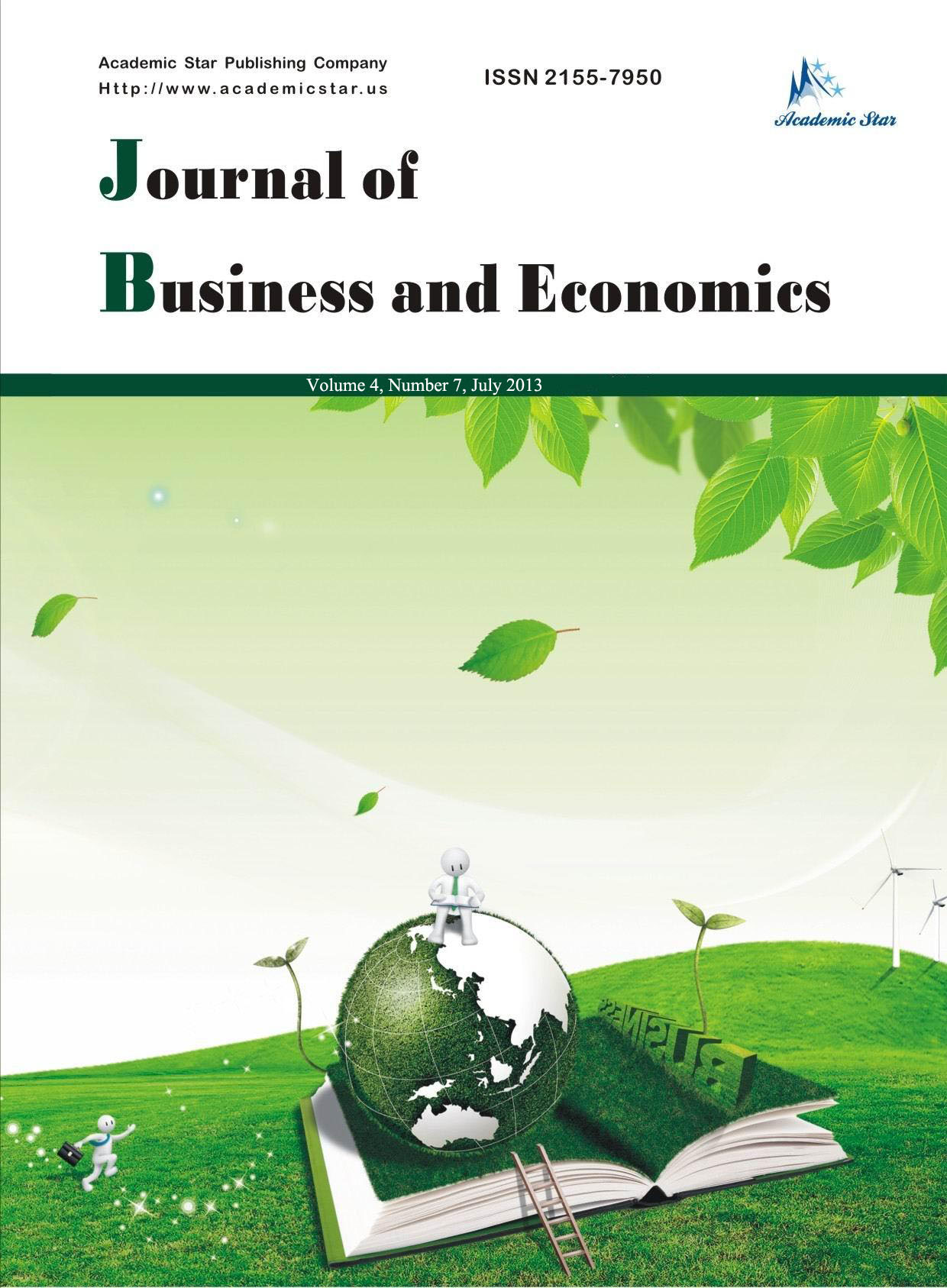Economics

- ISSN: 2155-7950
- Journal of Business and Economics
Necroeconomics of Post-Soviet Post-Industrialism and the Model of
Economic Development of Georgia and Russia
Vladimer Papava
(Ivane Javakhishvili Tbilisi State University, Georgia)
Abstract: In post-Soviet economies, the decrease in the share of industry was not due to the growth of high-quality innovative services but, rather, an immediate decline in industrial production. Following the collapse of the Soviet Union, the large-scale deindustrialization of the Russian (and the entire post-Soviet) economy took place, resulting in many sectors and industrial enterprises being lost. The reason for this was the phenomenon of “necroeconomy” which combines so-called dead enterprises (because of the inability to produce competitive goods) and is the result of the negation of competition in a command economy. The difference in approaches to government support of necroeconomic enterprises in Georgia and Russia mostly stemmed from the fact that the Georgian state, unlike Russia, possessed significantly limited financial resources, including for the purpose of maintaining these dead enterprises. It has been shown that both in Georgia and Russia, essentially identical consumer models of development of poor countries have established. In order to transfer to an innovative model of economic development, it is essential to stimulate the interest of the private sector of the economy and, towards this end, the exchange of relevant experience would prove mutually beneficial.
Key words: necroeconomics; post-Soviet post-industrialism; consumer models of development; poverty;
supply stimulation
JEL codes: O14, O57, P23, P31, P52






